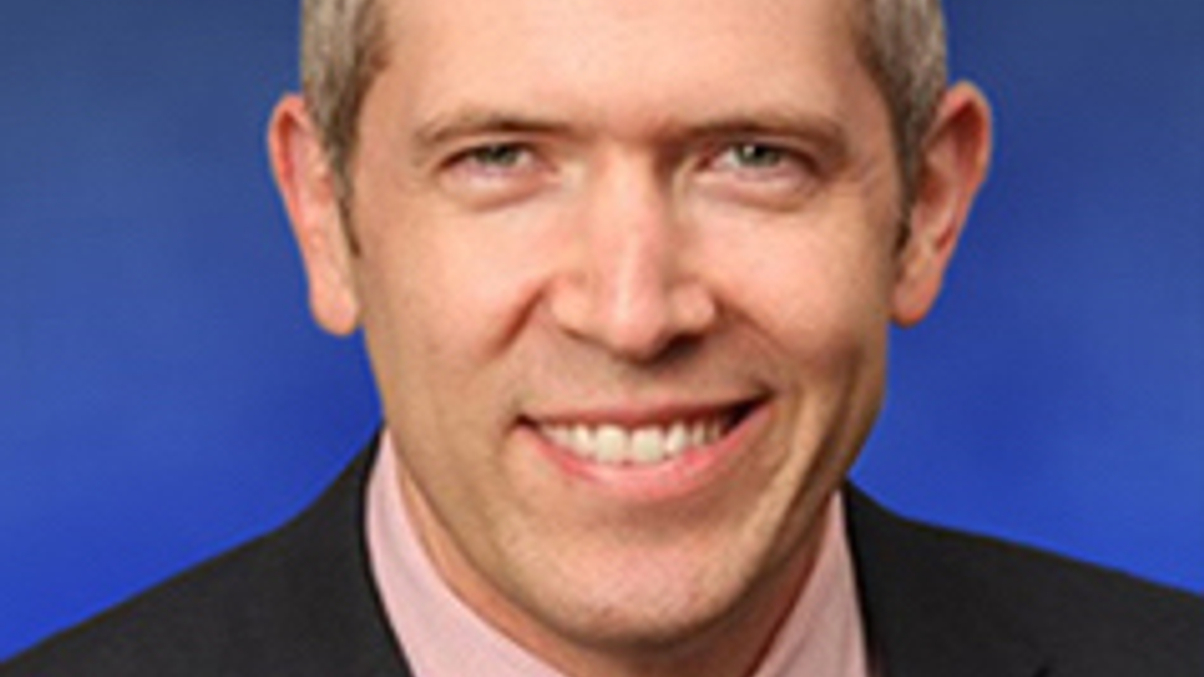How JP Morgan Private Bank picks products
The firm's Asia head of investment describes how it compiles its 250-strong fund list, half of which are run by external managers. He also explains the bank's strong conviction on Japan.

AsianInvestor spoke to Chris Blum, head of investment for Asia at JP Morgan Private Bank, about the firm’s approach to fund selection and what investment themes it likes for 2016.
Sign in to read on!
Registered users get 2 free articles in 30 days.
Subscribers have full unlimited access to AsianInvestor
Not signed up? New users get 2 free articles per month, plus a 7-day unlimited free trial.
¬ Haymarket Media Limited. All rights reserved.


